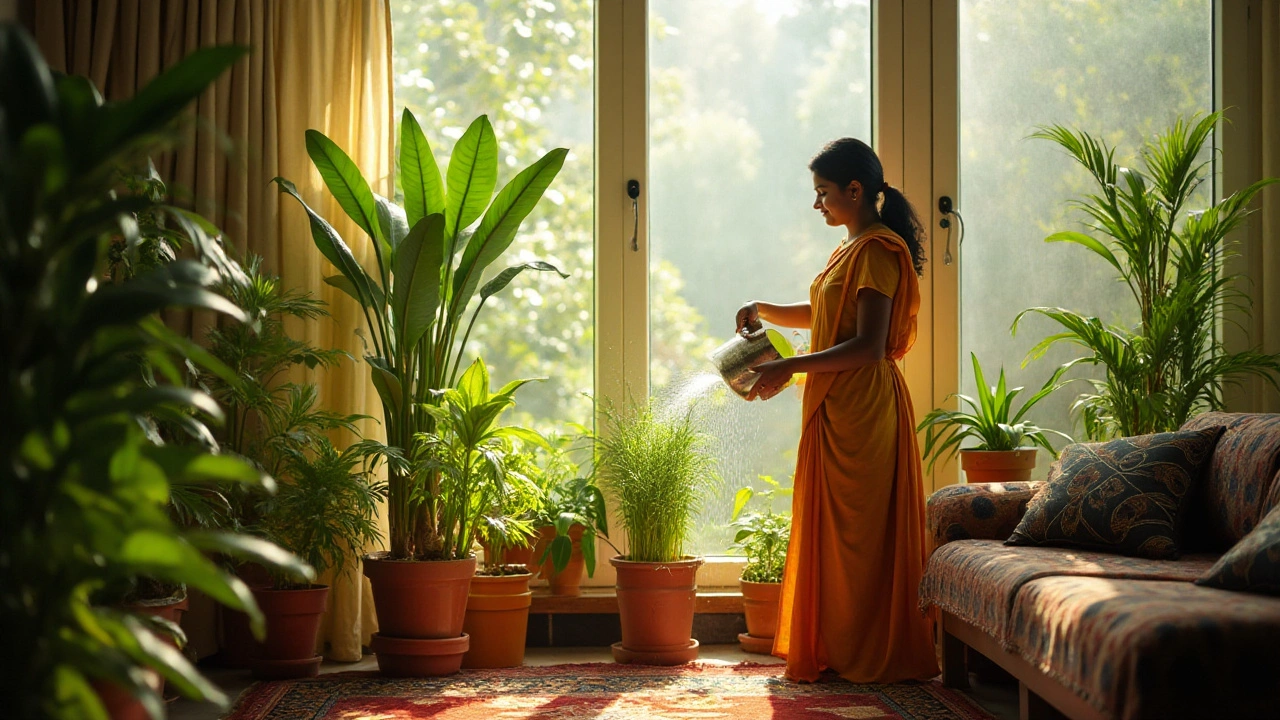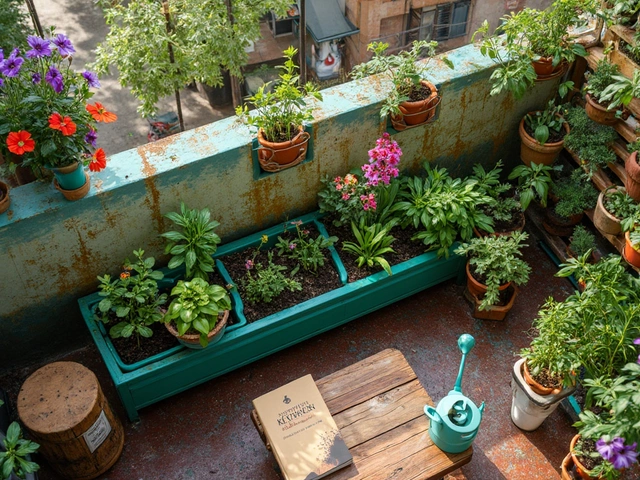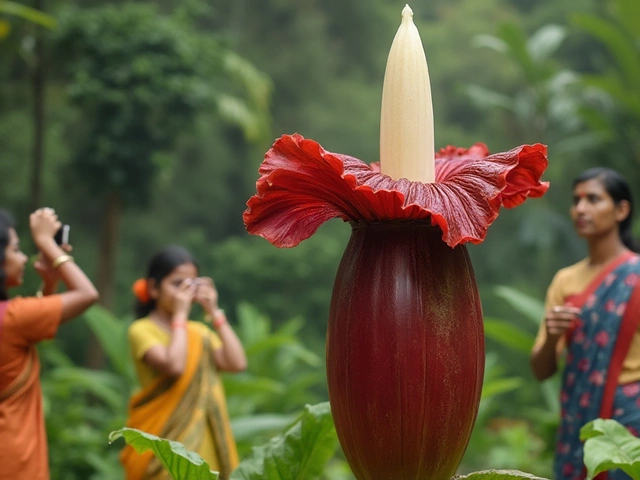Plant Revival: Quick Ways to Bring Your Plants Back to Life
If a leaf is turning brown or a stem looks droopy, you don’t have to give up. Most plants bounce back when you fix the main problems fast. Below are the everyday steps that work for indoor pots, balcony gardens, and larger beds.
Check the Basics: Water, Light, Soil
First, feel the soil. Warm, moist soil is a good sign; dry, hard soil usually means the plant is thirsty. Water until you see a little runoff, then let the top inch dry before the next drink. Over‑watering is just as bad, so avoid leaving the pot in a saucer of water.
Next, look at the light. Many beginners place plants in low‑light corners and wonder why they wilt. Move a sun‑loving plant to a brighter window or add a grow‑light for a few hours each day. If the plant prefers shade, shift it away from direct afternoon sun.
Soil quality matters too. A compacted mix can choke roots. Loosen the top few centimeters with a fork or add a handful of compost to improve drainage and nutrients. For heavy garden soil, mix in sand or organic matter to create a looser texture.
Advanced Tricks: Pruning, Feeding, and Pest Control
Pruning is a quick way to redirect the plant’s energy. Cut off dead or yellow leaves at the base of the stem. This not only makes the plant look better but also stops the spread of disease.
Feeding a struggling plant with a balanced liquid fertilizer can give it the boost it needs. Use half the recommended strength and apply once a month during the growing season. Too much fertilizer can scorch roots, so keep it light.
Pests often hide in soil or on the underside of leaves. A simple spray of diluted neem oil or a soap‑water solution can clear aphids, spider mites, and whiteflies. For soil pests, mix a layer of organic mulch; it acts as a barrier and improves moisture retention.
Some common household items can help too. Letting tap water sit for a few hours lets chlorine evaporate, making it safer for sensitive plants. Avoid using coffee grounds on plants that dislike acidity; instead, compost them or keep them away from acid‑sensitive species.
When you notice a plant struggling, act fast. Check water, adjust light, loosen soil, prune dead parts, feed lightly, and watch for pests. Most plants respond within a week if you give them the right conditions.
Keep a notebook of what you changed—water schedule, light location, fertiliser type. Over time you’ll spot patterns and know exactly what each plant needs. That habit turns a one‑off rescue into a routine of healthy growth.
So the next time you see a drooping leaf, remember these steps. A little attention can turn a wilted plant into a thriving centerpiece again.

Reviving Indoor Plants: Expert Tips for Lush Greenery
Reviving an indoor plant requires understanding its needs and addressing any issues it faces. Factors like light, water, soil quality, and pest management play critical roles. With simple changes and attentive care, it's possible to nurse even the most wilted plants back to health. Learn practical methods to improve plant health and create a thriving indoor garden.
About
Indoor Plant Care
Latest Posts


How Much Space Do You Need for a Kitchen Garden?
By Alden Thorne Mar 7, 2025

Discover the 365-Day Flowering Tree of India: Bougainvillea!
By Alden Thorne Apr 3, 2025

Which Country Is 100% Vegetarian? Real Answers for Plant Lovers
By Alden Thorne May 22, 2025
